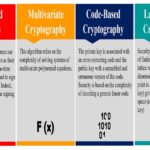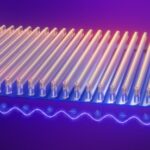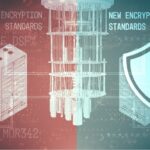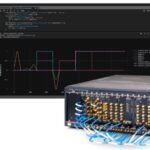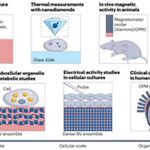There are several ways to make the quantum bits (qubits) that comprise quantum computers. The classic image of the “chandelier” descending into a cryostat only represents qubits that need to operate near 0 Kelvin (K). They are used by IBM, Google, and others, but those pictures present a very limited view of quantum computing. This FAQ provides an overview of the five most common ways to make qubits, some operate at room temperature.
Neutral atoms
In these quantum computers, neutral atoms are suspended in an ultra-high vacuum, usually with arrays of tightly focused laser beams called optical tweezers. Some of their characteristics include:
- Long coherence times up to several seconds, while technologies like superconducting and photonic qubits have coherence times measured in microseconds.
- The structure is simple, flexible, has strong connectivity, and can support high-performance computing.
- Cryogenics are not needed.
Neutral atom qubits are a relatively new approach, and it’s not yet clear how scalable the technology will be in the long run while maintaining its very good coherence and connectivity properties. In addition, readout times can be slow.
Photonic
There are three types of photonic qubits:
- Polarization qubits rely on horizontal and vertical polarizations to define the qubit states.
- Path qubits employ beam splitters to create superposition quantum states.
- Time qubits create superposition quantum states based on the arrival times of photons.
Dozens of companies are developing a variety of approaches to implement photonic qubits. They are motivated by several promising factors:
- Room temperature operation.
- Can integrate into existing optical-based electronics.
- Theoretically scalable to millions of qubits.
Quantum dots
Quantum dot qubits are made using pairs of quantum dots and operated near 0 K. Quantum dot qubits have the potential for robust operation and scalability, and some can be made using standard CMOS fabrication techniques. Silicon spin quantum dot qubits are especially promising. They are the size of a transistor, making them nearly one million times smaller than other types of qubits, and are expected to be highly scalable.
In one case, devices containing 12 silicon spin quantum dots have been fabricated on 300 mm wafers using standard CMOS processing. Each wafer contains over 24,000 devices. The 12 quantum dots can be configured into four to twelve qubits (Figure 1).
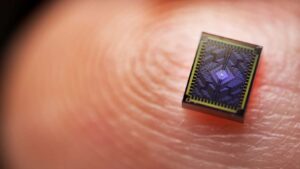
Superconducting
Superconducting qubits operate near 0 K and represent one of the most mature and popular types of quantum computers. Tunable couplers are used to link two qubits and perform quantum computations by turning the coupling between them on and off. Most current implementations use transmon qubits that provide reduced sensitivity to noise but must have closely matched frequencies to support fast and efficient switching. That requires lots of calibration to manage errors before computations can begin. A recently developed double-transmon coupler can support accuracies of 99.99% and a processing time of 24 ns with relatively little sensitivity to frequency mismatches (Figure 2).
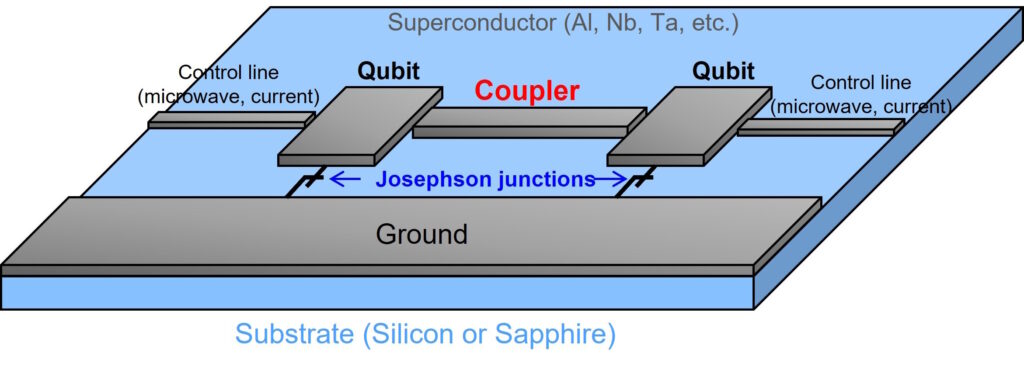
Trapped ions
Trapped ion qubits use the electronic energy levels of ions as they are suspended in a vacuum to encode quantum information. Some implementations operate at room temperature while others operate at low temperatures, but still far above 0 K. Trapped ions are relatively insensitive to the environment and can remain in a superposition state for relatively long times. Ion traps using electric or magnetic fields are a mature technology, but their application to quantum computing is relatively new. They are significantly slower than superconducting qubits, and it’s not clear how scalable the technology will be.
References
Comparing Qubit Platforms in the Race to Feasible Quantum Computing, Journal of Student Research
Double-Transmon Coupler Will Realize Faster, More Accurate Superconducting Quantum Computers, Toshiba
Engineers discover a new way to control atomic nuclei as “qubits”, MIT
New Chip to Advance Silicon Spin Qubit Research for Quantum Computing, Intel
Quantum computational advantage with a programmable photonic processor, Nature
What is a qubit?, University of Waterloo
